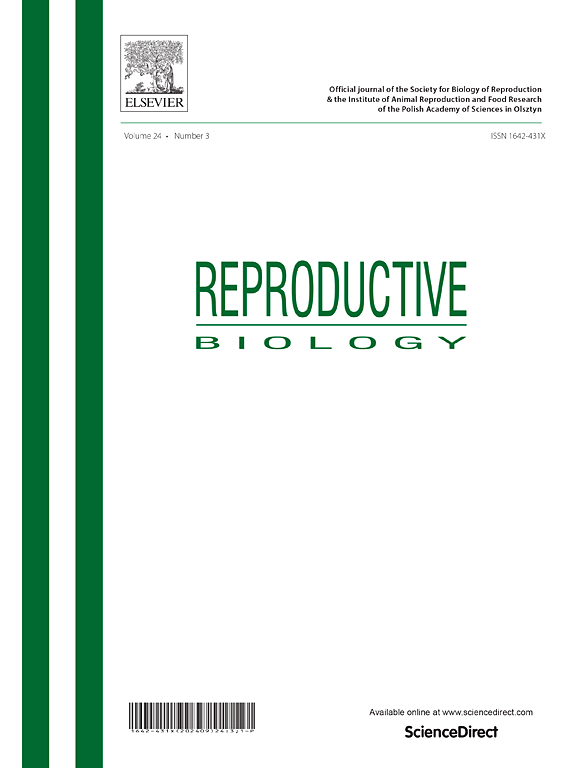Identification of a novel mutation in chibby family member 2 in a non-obstructive azoospermic patient
Abstract
Azoospermia constitutes a significant factor in male infertility, defined by the absence of spermatozoa in the ejaculate, afflicting 15% of infertile men. However, a subset of azoospermic cases remains unattributed to known genetic variants. Prior investigations have identified the chibby family member 2 (CBY2) as prominently and specifically expressed in the testes of both humans and mice, implicating its potential involvement in spermatogenesis. In this study, we conducted whole exome sequencing (WES) on an infertile family to uncover novel genetic factors contributing to azoospermia. Our analysis revealed a homozygous c .355 C>A variant of CBY2 in a non-obstructive azoospermic patient. This deleterious variant significantly diminished the protein expression of CBY2 both in vivo and in vitro, leading to a pronounced disruption of spermatogenesis at the early round spermatid stage post-meiosis. This disruption was characterized by a nearly complete loss of elongating and elongated spermatids. Liquid chromatography-tandem mass spectrometry (LC-MS/MS) and co-immunoprecipitation assays demonstrated the interaction between CBY2 and Piwi-like protein 1 (PIWIL1). Immunofluorescence staining further confirmed the co-localization of CBY2 and PIWIL1 in the testes during the spermatogenic process in both humans and mice. Additionally, diminished PIWIL1 expression was observed in the testicular tissue from the affected patient. Our findings suggest that the homozygous c .355 C>A variant of CBY2 compromises CBY2 function, contributing to defective spermatogenesis at the round spermiogenic stage and implicating its role in the pathogenesis of azoospermia.

 求助内容:
求助内容: 应助结果提醒方式:
应助结果提醒方式:


